By Robert Tate, Award-Winning Historian and Researcher
Images Courtesy of the GM Media Archives
Published 4.17.2024
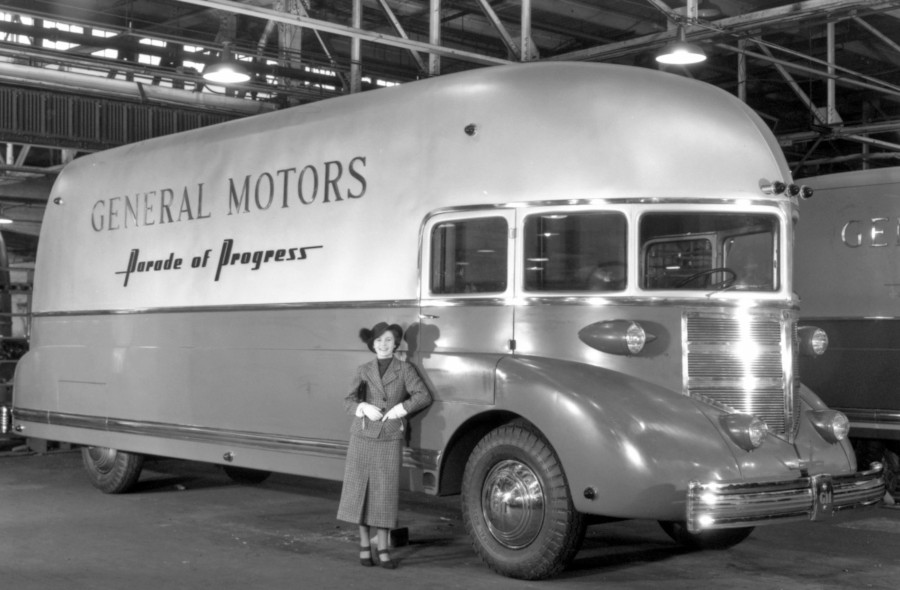 The 1936 GM Parade of Progress (GM Media Archives)
The 1936 GM Parade of Progress (GM Media Archives)
On February 11, 1936, the Parade of Progress was introduced to over a million people in Lakeland, Florida. During this historical event, eight custom-built Streamliner buses became a part of General Motors promotional campaigns, continuing into the 1950s. The Parade of Progress became a huge success across the country.
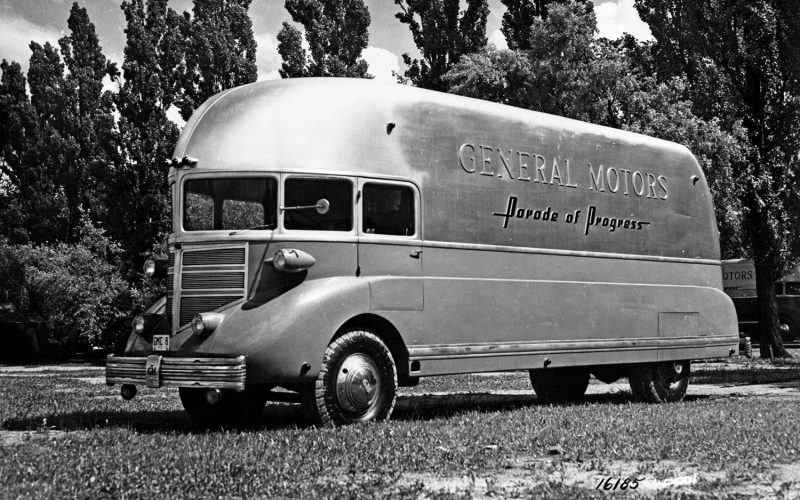 A 1936 GM Parade of Progress Streamliner (GM Media Archives)
A 1936 GM Parade of Progress Streamliner (GM Media Archives)
For many years, I heard many stories from my good friend Gary Gagliardi, who recently passed away, and his late farther Anthony Gagliardi, who drove one of the custom-built streamliners across the country during the 1950s. They would talk about the Parade of Progress and how the public reacted to those vehicles.
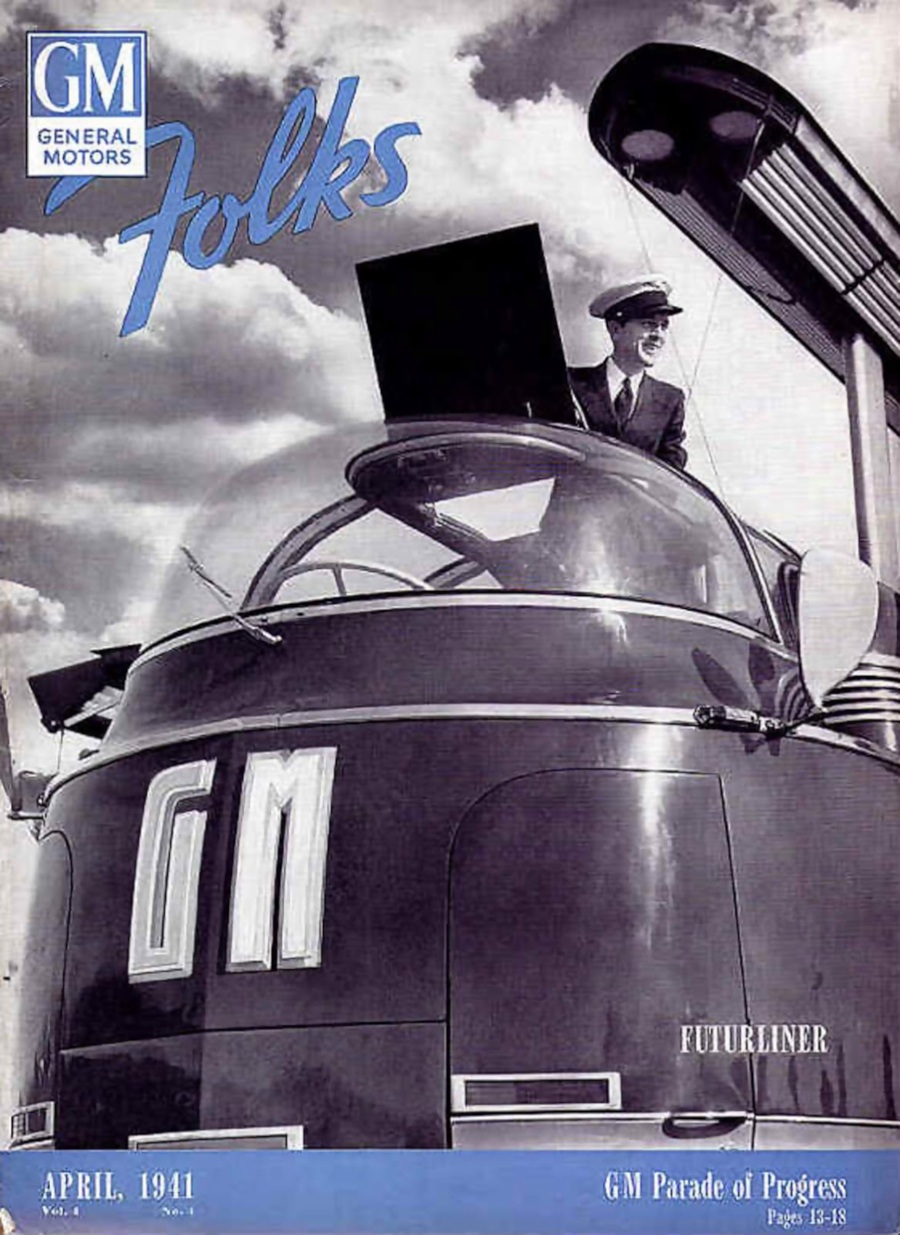 A 1940s magazine cover (GM Media Archives)
A 1940s magazine cover (GM Media Archives)
The Parade of Progress was started by Charles F. Kettering and was inspired by the GM technology exhibit during the 1933-34 Chicago World’s Fair. Kettering convinced GM Chairman Alfred P. Sloan and Vice President of Public Relations Paul Garrett to take these educational exhibits on the road.
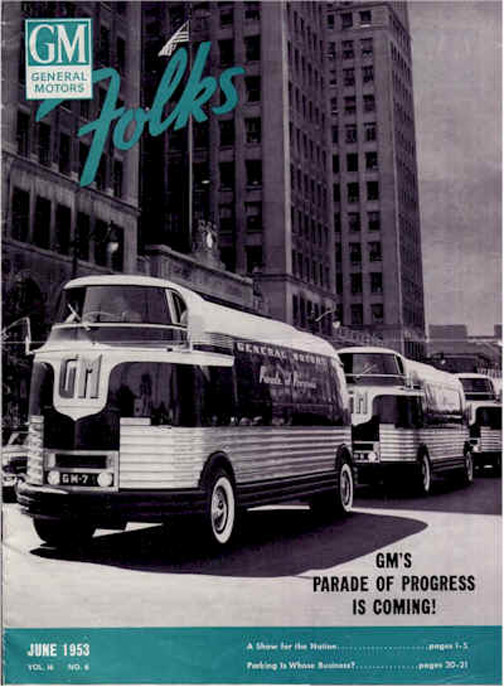 A 1953 GM Futurliners magazine cover (GM Media Archives)
A 1953 GM Futurliners magazine cover (GM Media Archives)
A total of 12 Futurliner buses were used for the Parade of Progress from 1936 to 1941 and again from 1953 to 1956. Several of the buses were also used in the Detroit parade commemorating the 50th Anniversary of the creation of the first US automobile. Some automotive historians have said that GM’s Futurliner buses offered an Art Deco-inspired style that was unique to the public. In 1940, the original Streamliner buses were replaced by a dozen new buses called Futurliners, which toured the country until America entered World War II.
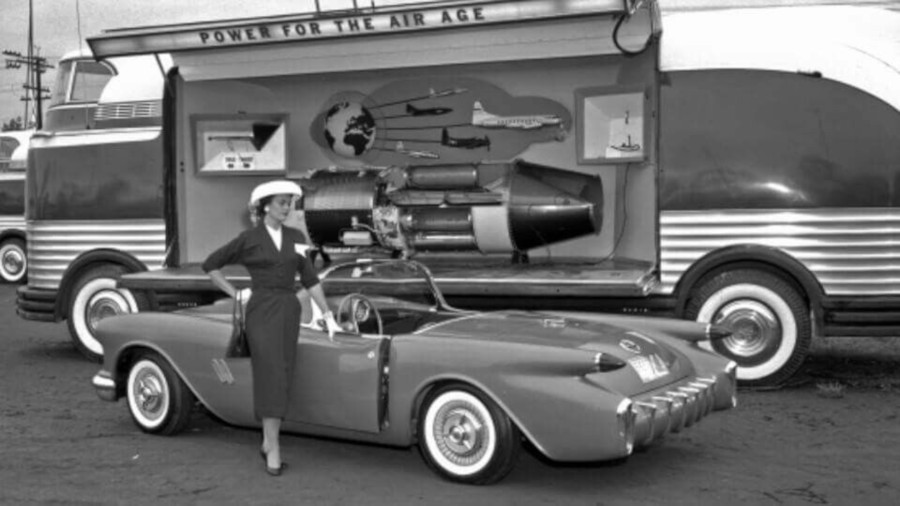 A 1950s Futurliner with an Oldsmobile show car (GM Media Archives)
A 1950s Futurliner with an Oldsmobile show car (GM Media Archives)
After the war, the GM Parade of Progress resumed in 1953, and the Futurliners returned to driving across America. However, the advent of television meant that people could see automobiles right in their living rooms, so the Parade of Progress ended in 1956.
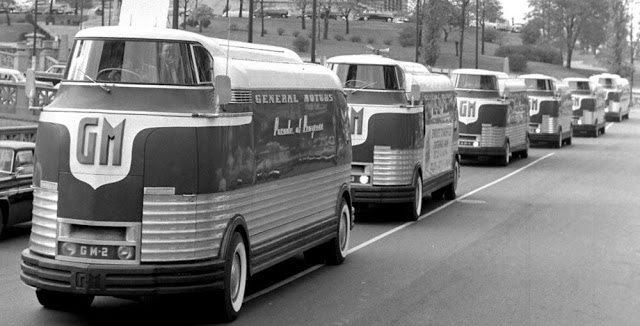 A 1950s Futurliners parade (GM Media Archives)
A 1950s Futurliners parade (GM Media Archives)
The Futurliners were custom-built vehicles designed by Harley Earl. The 1950s Futurliners were 33 feet long, 8 feet wide and weighed more than 12 tons. The driver’s seat was located in the front of the vehicle with two more seats to accommodate two extra drivers. The Futurliner buses offered displays on both sides for promoting the latest in GM technology which many thoroughly enjoyed.
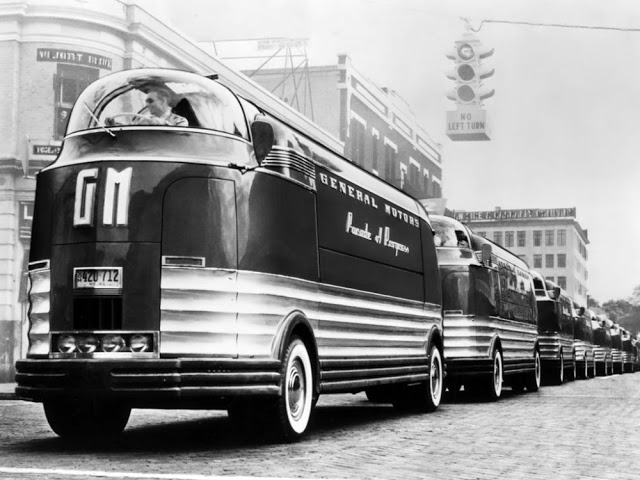 A 1950s Futurliners parade (GM Media Archives)
A 1950s Futurliners parade (GM Media Archives)
One Futurliner was completely destroyed in a 1956 accident. Today, automotive historians have reported that only nine of the buses have survived and either were sold off or given away.
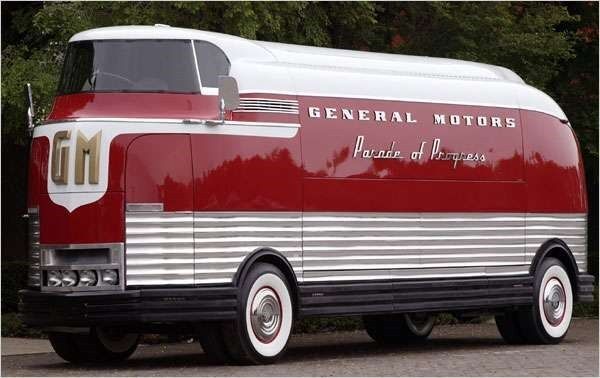 A 1950s Futurliner bus (GM Media Archives)
A 1950s Futurliner bus (GM Media Archives)
In conclusion, this story is dedicated to my good friend Gary Gagliardi, who died a few weeks ago. He was a great automotive historian and collector, along with his late father, Anthony Gagliardi, who drove the Futurliner buses during the 1950s. May they both rest in peace.
Swartley, John. “A GM Parade - The Futurliner, Part 1 of 2.” October 6, 2023.
Editors of Automobile Quarterly Magazine. “General Motors: The First 75 Years of Transportation Products.” 1983.
Peek, Jeff. “Decades before the Internet GM’s Futurliners Offered a Glimpse of What Could Be.” Hagerty, January 2022.